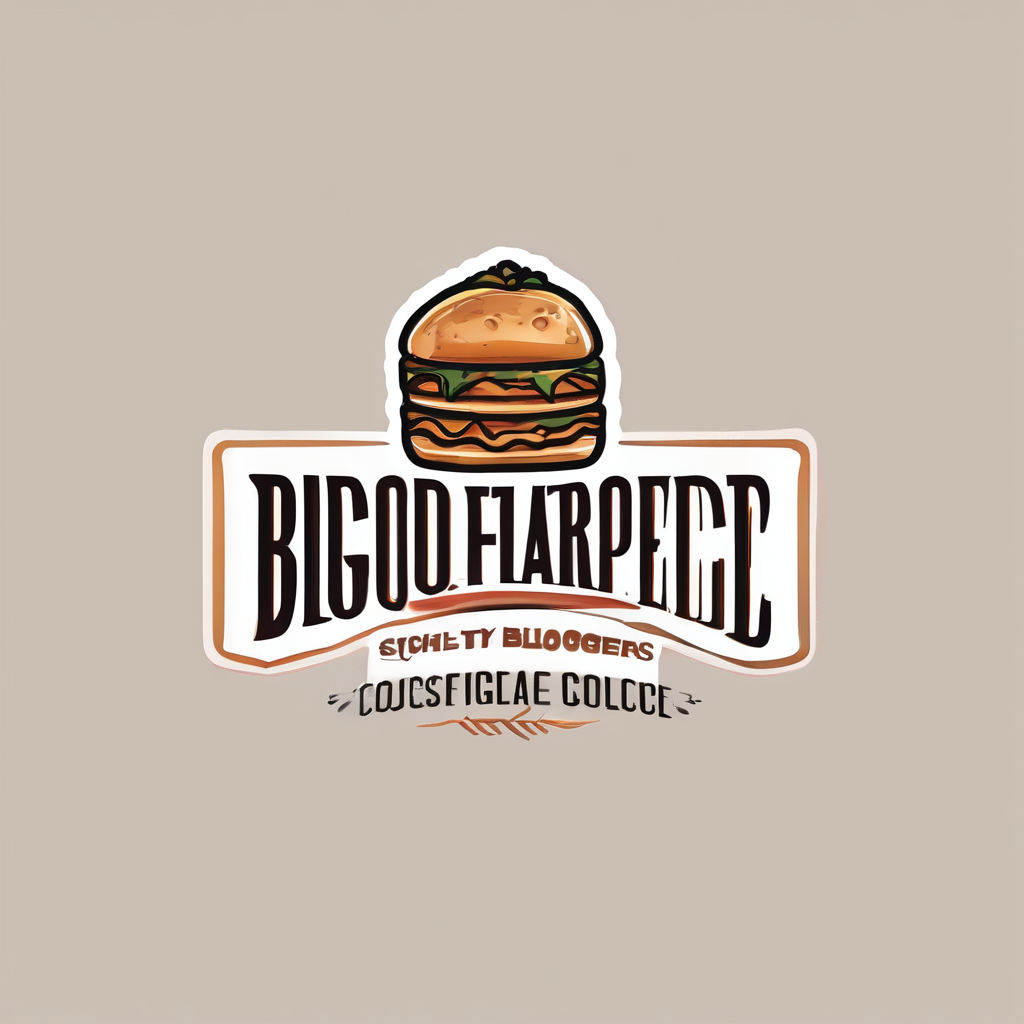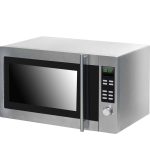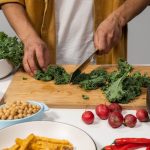Selecting the right roasting pan size can transform your holiday gatherings from a hectic kitchen scramble into a seamless cooking experience. The perfect pan accommodates everything from a succulent turkey to a medley of vegetables. Considerations like oven space, portion sizes, and dish style play a vital role. Explore how these factors come together, ensuring you're well-equipped for effortless feasts that delight your guests and simplify your cooking process.
Understanding Roasting Pan Sizes
Finding the perfect fit for your culinary creations
Also to discover : Choosing the Perfect Cutting Board Material: A Guide to Reducing Knife Dulling
Common Roasting Pan Sizes
Roasting pans come in various dimensions and capacities, catering to different cooking needs. Typical sizes include small (up to 14 inches), medium (15-16 inches), and large (17 inches or more). The capacity of these pans often ranges from 3 quarts for smaller pans to over 8 quarts for larger ones. Understanding these sizes helps in selecting the right pan for your recipes.
Importance of Size and Servings
The size of a roasting pan directly affects the number of servings you can prepare. A small pan may suit a couple or a small family, while a large pan is ideal for gatherings or holidays. It's crucial to match the pan's capacity with your cooking needs to ensure even cooking and prevent spills.
Also to read : Discover the Benefits of Silicone Bakeware for Baking Deliciously Sweet Treats!
Recommendations for Measuring Cooking Space
Before purchasing, measure your oven's interior to ensure the pan fits comfortably. Consider the dimensions of your storage space as well.
- Small pan: Ideal for 1-2 servings
- Medium pan: Suitable for 3-5 servings
- Large pan: Best for 6+ servings
By aligning roasting pan dimensions with your cooking and storage needs, you can enhance your culinary experience significantly.
Selecting the Right Roasting Pan for Holiday Meals
Crafting the perfect holiday feast with the right tools
Features to Consider for Holiday Gatherings
Choosing the right roasting pans for holiday cooking is essential to ensure a successful meal preparation. Consider the pan's material: stainless steel, non-stick, and cast iron each offer unique benefits. Stainless steel is durable and conducts heat evenly, making it ideal for turkey and large roasts. Non-stick pans are easy to clean and perfect for sticky glazes. Cast iron retains heat well, offering versatility for dishes that require a sear before roasting.
Versatility of Different Pan Materials
When selecting roasting pans, think about the versatility of the material. Stainless steel can go from oven to stovetop, while non-stick pans are great for delicate foods like fish. Cast iron is perfect for both browning and roasting, making it a favorite for hearty meals. Here's a quick comparison:
| Material | Best For | Key Benefit |
|---|---|---|
| Stainless Steel | Turkey, large roasts | Even heat distribution |
| Non-stick | Sticky glazes, fish | Easy cleaning |
| Cast Iron | Searing, browning | Excellent heat retention |
Specific Recommendations Based on Common Holiday Dishes
For holiday cooking, choose roasting pans that complement your menu. A stainless steel pan is perfect for turkey, while a non-stick option works well for glazed ham. Cast iron excels in preparing versatile dishes like roasted vegetables.
Roasting Pan Capacity and its Impact on Cooking
How capacity influences your culinary creations
Calculating the Right Capacity for Meats
Selecting the correct cooking capacity is crucial for achieving perfect meal portions. To determine the right size, consider the type and amount of meat. A general rule of thumb is to allow about 1 pound of meat per person. For example, a 5-quart pan can comfortably accommodate a 5-pound roast, serving about five people. Ensuring the pan fits your needs prevents overcrowding, which can impede heat circulation and affect cooking quality.
Effects of Overcrowding a Pan
Overcrowding a roasting pan can lead to uneven cooking and soggy textures. Proper roasting techniques require space for heat to circulate freely around the meat. When the pan is too full, steam gets trapped, causing the food to steam rather than roast. This can result in a less desirable texture and flavor.
Adjusting Recipes Based on Pan Size
When adapting recipes, consider your pan's cooking capacity. If using a larger pan than recommended, adjust cooking times to prevent drying out the meat. Conversely, if using a smaller pan, reduce the quantity of ingredients.
- Large Pan: Increase cooking time slightly
- Small Pan: Decrease ingredient quantities
- Medium Pan: Follow standard recipe instructions
By aligning meal portions and pan size, you optimize your cooking experience.
Popular Roasting Pan Styles and Their Uses
Exploring options to enhance your culinary adventures
Traditional vs. Specialty Roasting Pans
Roasting pan styles vary widely, each offering unique benefits for specific dishes. Traditional pans, typically rectangular and deep, are versatile and suitable for large cuts of meat like turkey or beef roasts. Specialty roasting pans, such as those with racks or dividers, cater to more specific needs, like ensuring even cooking or separating different foods.
Examples of Dishes Suited for Various Styles
Different roasting pan styles excel with particular dishes. Traditional pans are ideal for hearty meals, while specialty pans are perfect for intricate recipes. For instance, a pan with a rack is excellent for roasting chicken, allowing fat to drip away for a healthier result. Conversely, a divided pan can be used for cooking multiple vegetables simultaneously without mixing flavors.
- Traditional Pan: Turkey, beef roast
- Rack Pan: Chicken, duck
- Divided Pan: Vegetables, side dishes
User Reviews and Experiences
Many users praise specific roasting pan styles for their effectiveness. Reviews often highlight the ease of use and the quality of results. Popular brands are frequently lauded for their durability and even heat distribution, making them a trusted choice for home cooks.
Tips for Measuring Your Roasting Pan Needs
Simplifying the selection process for your kitchen essentials
Techniques for Measuring Oven and Cooking Space
Properly measuring your cooking space and roasting pan needs ensures a seamless cooking experience. Start by measuring the interior dimensions of your oven. This helps determine the maximum size of the pan that can fit comfortably. Remember to account for any oven racks that might limit height.
Accounting for Side Dishes and Additional Cooking Needs
When planning meals, consider the space needed for side dishes alongside your main course. This may require selecting a smaller roasting pan to leave room for additional cookware. If your menu includes multiple items, consider the cooking space each dish requires.
- Main dish: Ensure adequate room for even cooking
- Side dishes: Plan for additional pans or trays
- Multiple courses: Balance space for simultaneous cooking
Considerations for Storage and Maintenance
Think about where you will store your roasting pans when not in use. They should fit easily into your kitchen storage areas. Additionally, consider the maintenance requirements of the pan's material. Some materials may require special care to maintain their quality and longevity.
By understanding your measuring needs, you can select the most appropriate roasting pan for your kitchen.
Cooking Techniques for Large Roasts
Enhancing flavor and achieving perfect results for holiday recipes
Best Practices for Cooking Large Cuts of Meat
Mastering cooking techniques for large roasts can elevate your holiday meals. Start by selecting a quality cut of meat, ensuring it's fresh and adequately marbled. Brining is a popular method that involves soaking the meat in a saltwater solution, which helps to retain moisture and enhance flavor. Alternatively, marinating with herbs, spices, and acidic ingredients can tenderize and infuse the meat with robust flavors.
Techniques for Flavor Enhancement
To bring out the best in large roasts, consider seasoning generously with salt and pepper. This basic step is crucial for flavor enhancement. For additional depth, incorporate aromatic ingredients like garlic, rosemary, or thyme. A well-seasoned roast not only pleases the palate but also creates a delightful aroma.
Timing and Temperature Tips
Achieving optimal results requires precise control over timing and temperature. A meat thermometer is indispensable for tracking internal temperatures, ensuring the roast is cooked to perfection. Follow these guidelines:
- Rare: 125°F
- Medium: 145°F
- Well-done: 165°F
Adjust cooking times based on your roast's size and type. For even cooking, allow the meat to rest after roasting, redistributing juices and enhancing tenderness. These cooking techniques ensure a flavorful and memorable holiday feast.
Visual Aids and Examples of Holiday Dishes
Enhancing your holiday cooking with visual guidance
Recommended Pan Sizes for Holiday Dishes
Selecting the right roasting pan for your holiday dishes is crucial. Visual aids can simplify this process. Consider a chart that aligns serving sizes with recommended pan dimensions. For instance, a turkey for 10-12 servings might require a large pan over 17 inches, while a 6-serving ham fits comfortably in a medium pan.
| Holiday Dish | Serving Sizes | Recommended Pan Size |
|---|---|---|
| Turkey | 10-12 | Large (17+ inches) |
| Ham | 6 | Medium (15-16 inches) |
| Roast Beef | 8 | Large (17+ inches) |
Images of Meals in Roasting Pans
Visual examples of meals in roasting pans can inspire your holiday menu. Imagine a perfectly browned turkey or a glazed ham, each nestled in a pan that complements its size. These images serve as a guide to ensure your dishes are cooked to perfection, enhancing your culinary presentation.
Complementary Side Dishes
Side dishes can be just as important as the main course. Consider these suggestions:
- Roasted Vegetables: Carrots, potatoes, Brussels sprouts
- Stuffing: Baked alongside the main dish
- Gravy: Prepared using pan drippings
These holiday dish examples not only complement your main offerings but also enhance the overall dining experience.
User Reviews and Comparisons of Roasting Pans
Exploring user experiences and expert insights
Summary of Expert Reviews on Popular Roasting Pans
Roasting pan reviews highlight the importance of material and design. Experts praise stainless steel for its durability and even heat distribution. Non-stick options are valued for ease of cleaning, while cast iron receives accolades for heat retention. A quote from a cookware specialist emphasizes: "The right roasting pan can elevate your cooking, providing consistent results every time."
Comparison of Features and Prices Among Top-Rated Options
When comparing roasting pans, consider features like size, material, and price. Here's a comparison table:
| Brand | Material | Price Range | Key Feature |
|---|---|---|---|
| Brand A | Stainless Steel | $50-$70 | Even heat distribution |
| Brand B | Non-stick | $40-$60 | Easy cleaning |
| Brand C | Cast Iron | $60-$80 | Heat retention |
Insights from Users on Performance During Holiday Cooking
User experiences reveal that roasting pans perform differently during holiday cooking. Many users appreciate stainless steel for large meals, while non-stick is favored for sticky glazes. Cast iron is praised for its versatility, especially in searing and roasting. Users suggest considering the pan's weight and handle design for ease of use. These insights help in making informed decisions.











